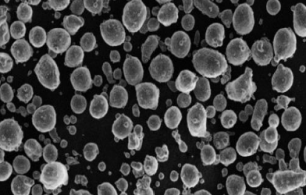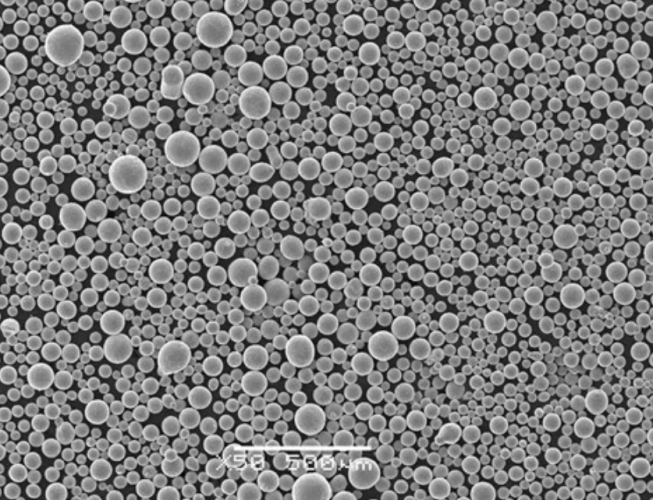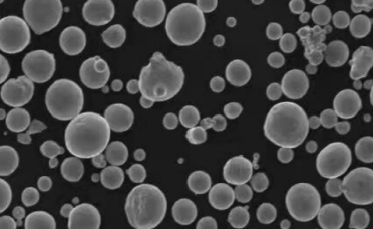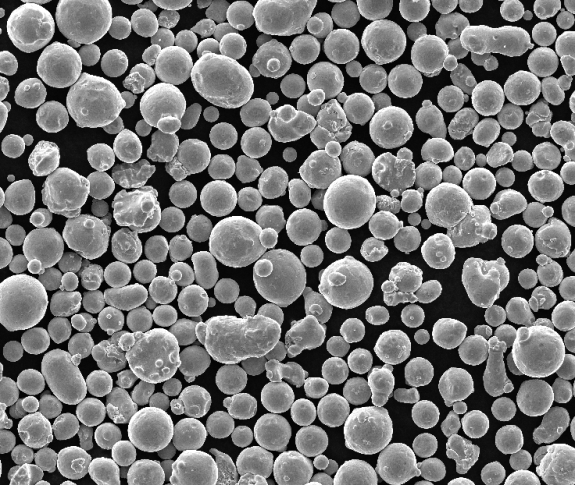Ultimate Guide to Buying Wholesale CX Powder for Industrial Applications
1. Introduction: What is CX Powder and Why It Matters in Manufacturing CX powder refers to a specialized category of powder metallurgy (PM) materials typically used for structural and functional industrial components. These powders are manufactured using advanced processes such as water atomization, gas atomization, or a combination of both, ensuring high purity, consistent particle […]
Ultimate Guide to Buying Wholesale CX Powder for Industrial Applications Read More »








